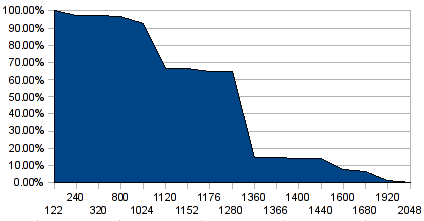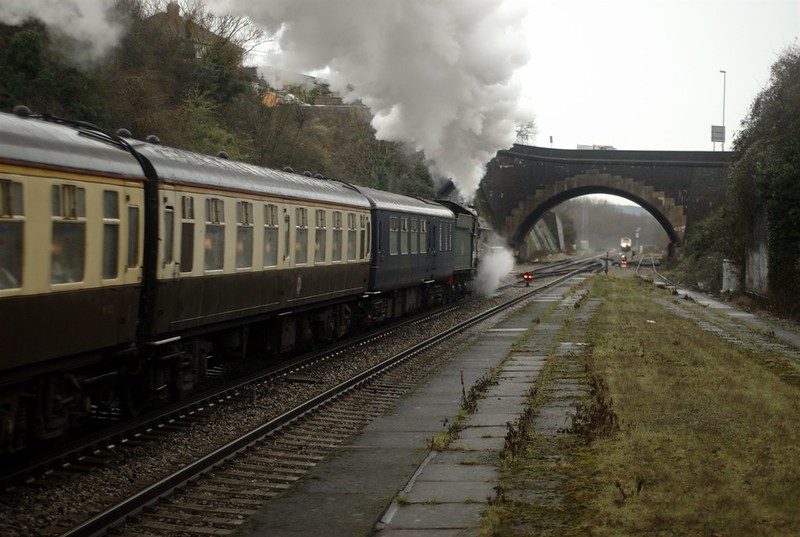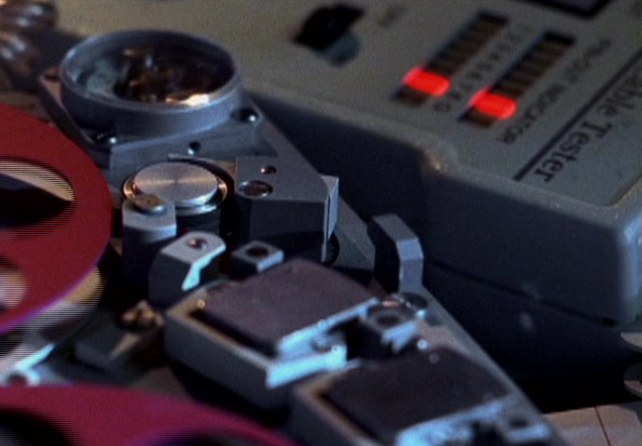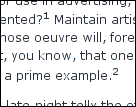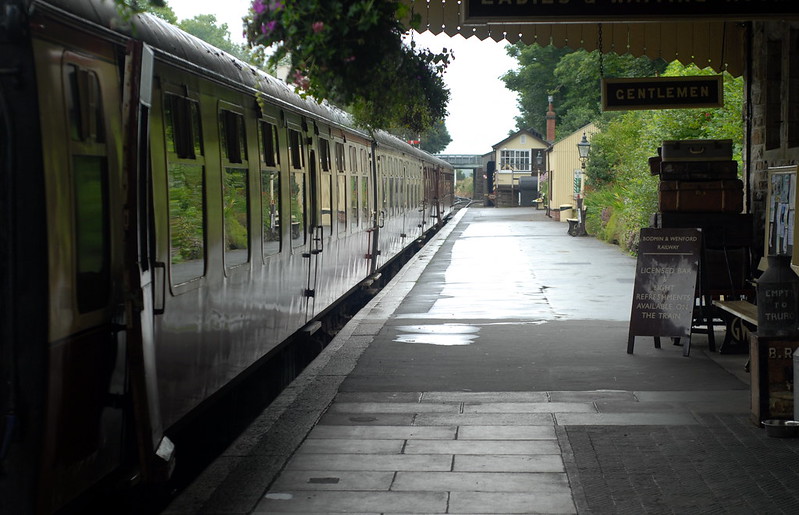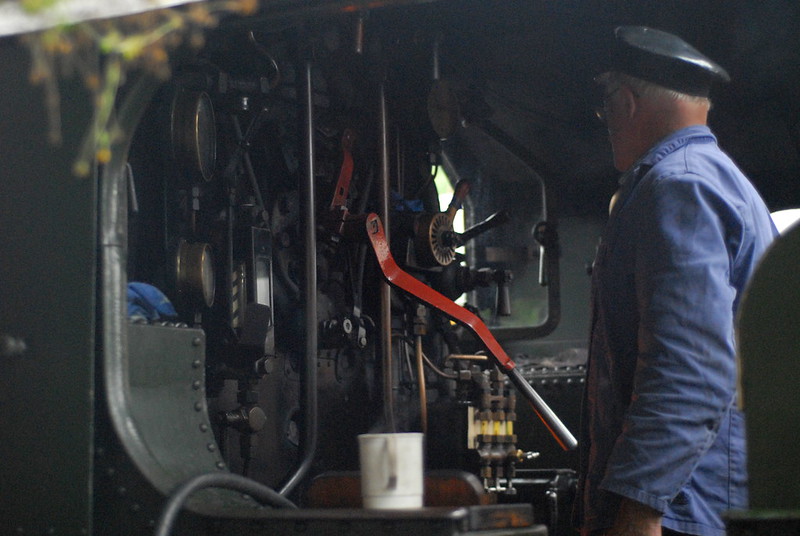New World
In which we jumble the letters up
K was digging through her boxes of zines last night, hunting for something, and came across one she thought I’d find interesting. She passed it over. It was The Dvorak Zine – “changing the world, one keyboard at a time”.
I’ve heard of the Dvorak keyboard before. It’s a keyboard layout specifically designed to make typing quicker, and easier to learn. I’d never bothered, though, to investigate it, and find out what the layout actually is. The zine, though, is cunningly designed. The back page is a keyboard map; you prop it up on your desk and start typing away.
I’m not a proper typist. I’ve never learned to touch-type. My typing is pretty fast for someone who can’t type; but really it’s nothing more than very fast two-finger typing. As a result, it’s riddled with mistakes, and I spend more time going back and correcting what I’ve done than it takes to type the words in the first place. The Dvorak keyboard, though, seems specifically designed for touch-typing – and, looking at keys that type different letters to the letters printed on them would just be far too confusing for me. So, I thought: an ideal opportunity. Why don’t I learn?
So, this morning, I set the zine up on my desk, and switched the keyboard mode over. Put my fingers on the home keys, and started typing: one letter at a time.
It was slow, of course it was. But, as promised, it was surprising how quick it was to pick up. Within a couple of hours, it was quicker to type without looking at the keyboard map than to use it. This might actually work.
To be honest: I haven’t used it to type this. I did want to get something productive done today, so after 3 hours or so of Dvorak typing I switched back to the traditional layout. I don’t want to lose my ability to type the old way, after all: we don’t have a Dvorak typewriter and we’re unlikely to find one. I’m very pleased with how quickly I’ve been able to pick Dvorak up, though. What mostly slows me down is: like most people, I think in terms of words rather than letters. I seem to mostly type using my muscle memory of whole words and word fragments. Switching to Dvorak, I can easily remember where all the common letters are and which finger to use for them: but then I have to spell each word out in my head to type it. Training myself to type in words, without thinking about the spelling, will take some time.

 Home
Home